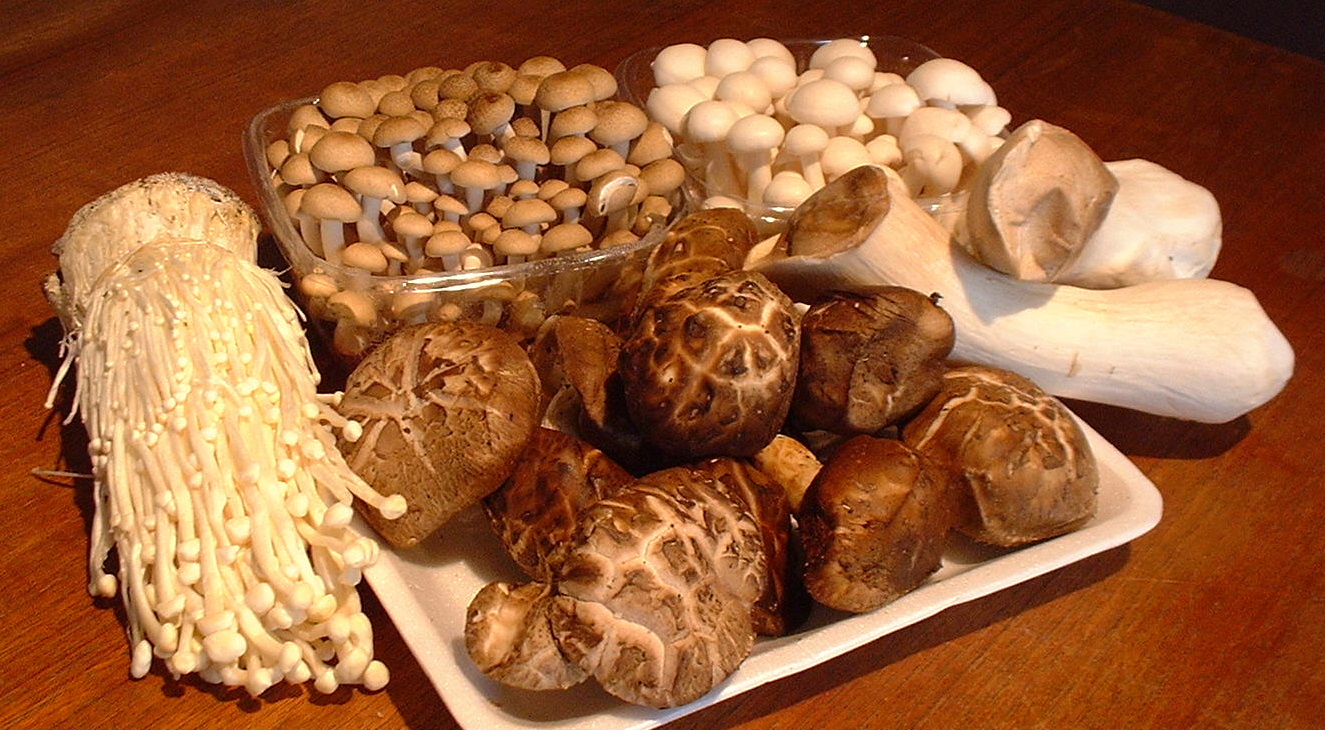
Since the dawn of time, humans have foraged for mushrooms to use in culinary dishes, as well as to use for medicinal purposes. In traditional Eastern medicine, mushrooms are the drug of choice and hailed for their medicinal powers. Three thousand years ago, the Chinese would place moldy soybean curd on skin infections as a healing agent. Other cultures would place warm earth (which contained certain molds and fungus) on injuries as first aid measures. Our ancient ancestors understood that different molds and fungus were beneficial to our health, now it is our time to relearn those natural medicines.
Mushrooms and the Immune System
Only recently have Westerners discovered the untapped medicinal source from mushrooms. In fact, it was not until 1928 did Westerners discover the miracle drug penicillin which was derived from the fungus penicillium notatum. Without this drug, those “old age diseases” and simple wounds that are so easily treated today would pose a serious threat to our health. How interesting that penicillin is derived from fungi.
Medical professions around the world are beginning to study the polysaccharides in mushrooms to better understand why they have such a profound healing effect. Polysaccharides, also known as beta-glucans are similar to immune-boosting powers found in the medicinal plants of echinacea, and astragalus. They say the larger these beta glucans are, the stronger they are on the immune system. More notably, certain mushrooms, such as shiitake and reishi mushrooms have antiviral and antibiotic properties that could come in handy during a long term emergency, especially if added to a survival medicinal garden.
Because mushrooms are high in antioxidants, essential minerals, antiviral and antibiotic properties, these tasty fungi have been used to treat illnesses and diseases such as (but not limited to), allergies, arthritis, heart disease, relieve menopausal symptoms and most notably, cancer. All of these mushrooms have high amounts of proteins present in them. These proteins are better sources for the body compared to meat proteins due to their impact on our bodies, specifically our nervous systems. Over time, these health-enhancing properties synergize and build up in the body and improve health. Some of the health fighting properties that create these health improvements include:
- Selenium, a mineral source found in mushrooms works with Vitamin E to produce antioxidants that neutralize free radicals that have been known to cause cellular damage.
- Potassium is another essential mineral source found in mushrooms. Doctors have suggested that a diet high in potassium could help reduce the risk of high blood pressure and stroke.
- Copper is a mineral source that aids in creating red blood cells. This mineral works along with iron (also found in mushrooms).
- The proteins in mushrooms are considered superior to meat and vegetable proteins due to their concentrated amounts of amino acids and ease of digestion.
- Polysaccharides enhance the immune system, treat cancer, inhibit symptoms of HIV and other viral and bacterial infections.
- Betulinic acid counters viral and tumor compounds within the body.
- Triterpenes lower cholesterol, improves circulation, detoxifies the liver, treats hepatitis, bronchitis, asthma and coughs.
- Germanium is a free radical scavenger that assists in purifying the blood, normalizes blood pressure and prevents tumors.
Mushrooms achieve these health producing properties from the trees they grow off of. All the elements and minerals that the tree has taken in over the years has been absorbed in concentrated amounts into the mushroom. Typically these elements can be made available to us by making a simple tea out of the mushroom. Many people like to dehydrate their mushrooms and then turn it into a powder for teas or soups. Also, pre-made capsules of these powdered mushrooms are available in the health department of local stores or in the health food stores in town. Of course, others have found that they can actually grow these mushrooms in their own homes and are cultivating them for long term use.
In researching this subject, this author has found that not only can these mushrooms be used on humans, but some can be used on animals. Caring for animals in a SHTF scenario is an important priority to keep in mind.
Mushrooms such as shiitake, button, reishi, cordyceps have been widely studied for their health benefits. If given the proper environment to thrive in, these mushrooms can be cultivated and grow for years. Thus providing a person with an immense amount of nutrition and medical uses.
In Conclusion
During our school years, many of us have performed the “moldy bread” experiment in our science classes and had to record the results. But many of us failed to pose the question, “how does this molded bread benefit me?” This moldy bread is one of the miracle drugs of our times – penicillin. From this discovery, launched a rediscovery of our ancestor’s medicine cabinet and a reaffirmation that Mother Earth does indeed know best.
Click here to read the 2nd half of this article: Types of Medicinal Mushrooms
This article is for informational purposes only. If a person is considering using mushrooms as a medicinal source, contact a doctor for further advice. Additionally, women who are pregnant should talk to their doctors before taking an alternative medicine source. Some mushrooms are poisonous. If you cannot identify them, do not take the chance in eating them. A Field Guide to Mushrooms is an excellent and practical guide to mushrooms.
This article was originally published at Ready Nutrition™ on October 18th, 2010






